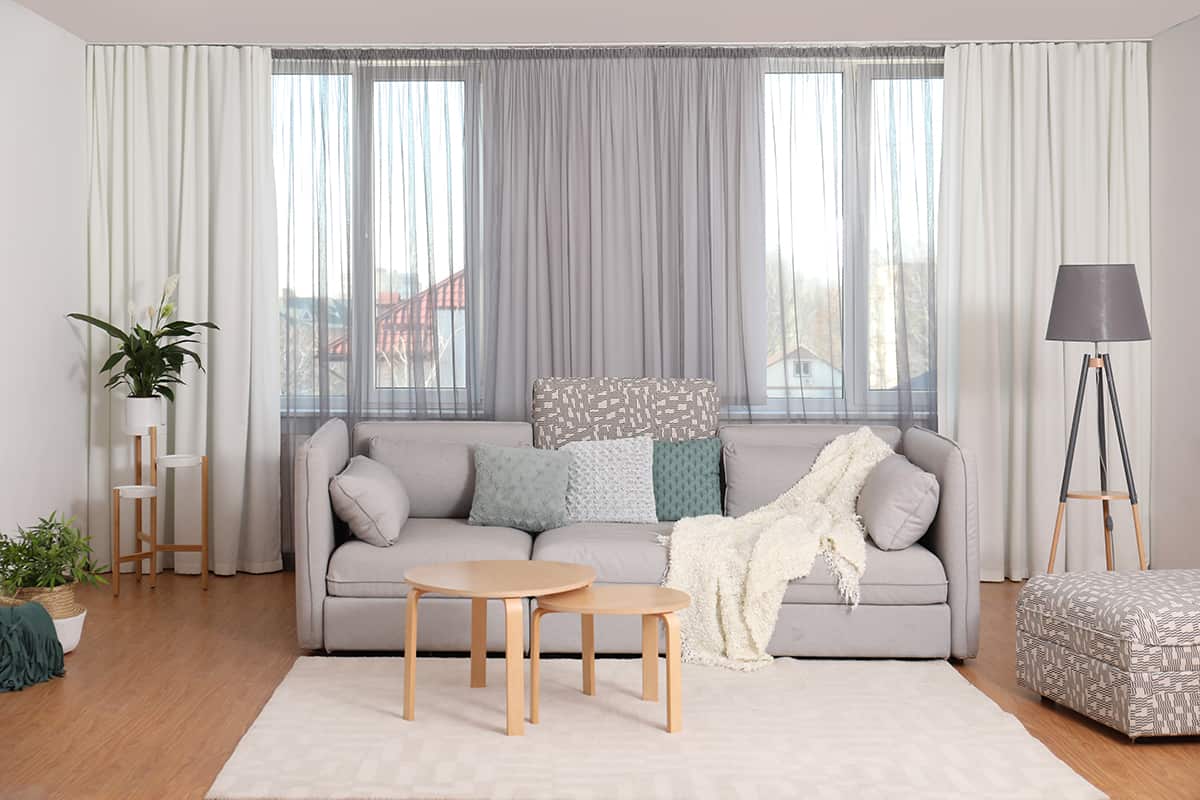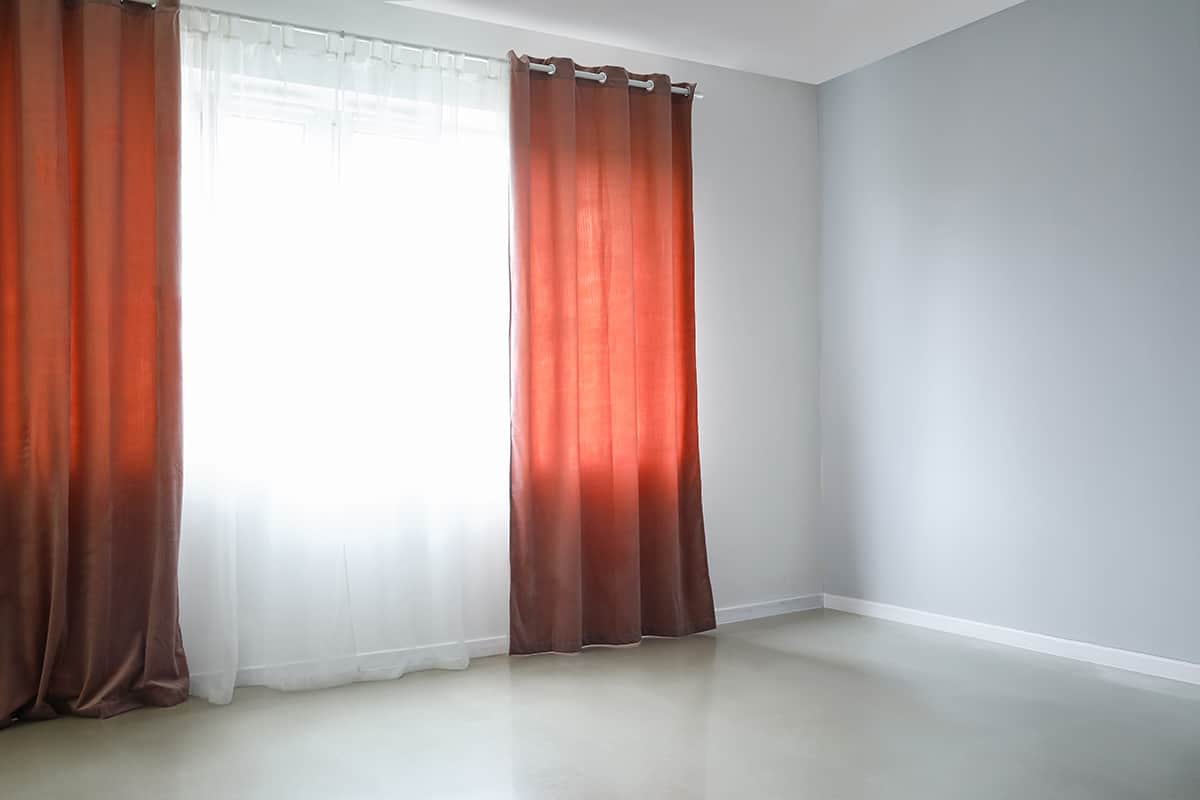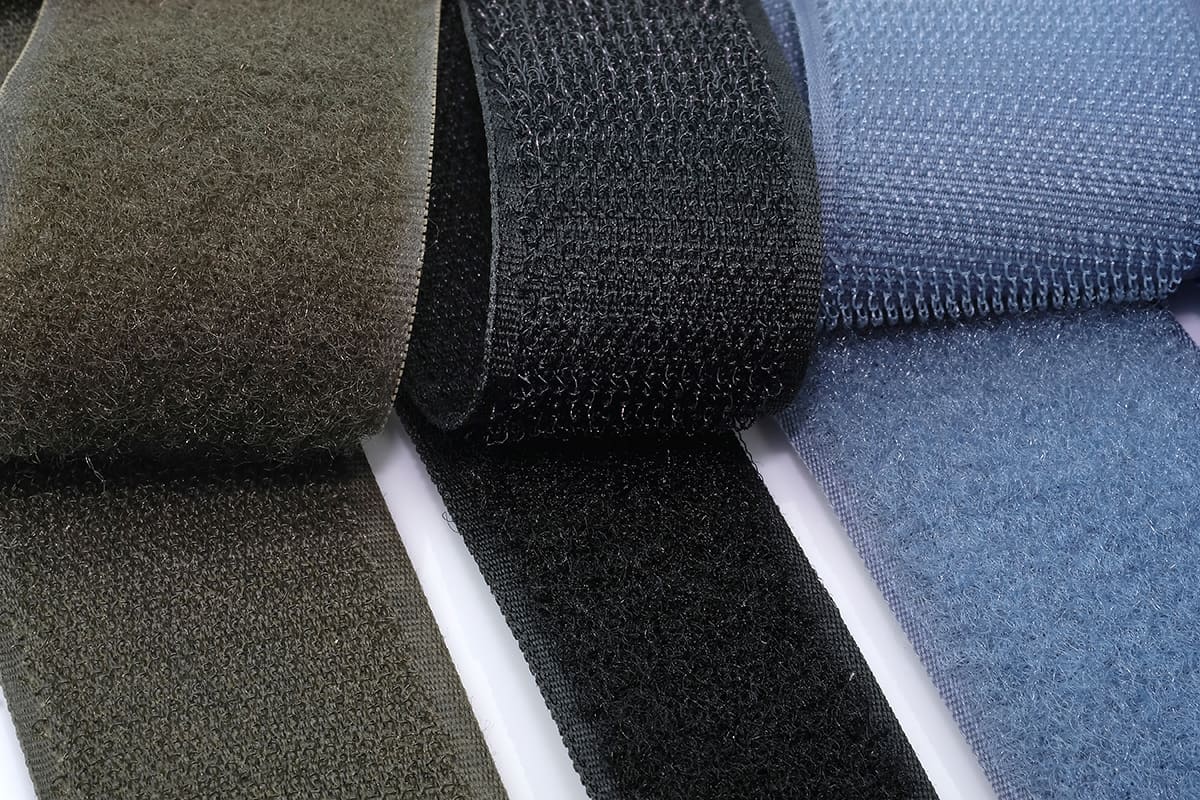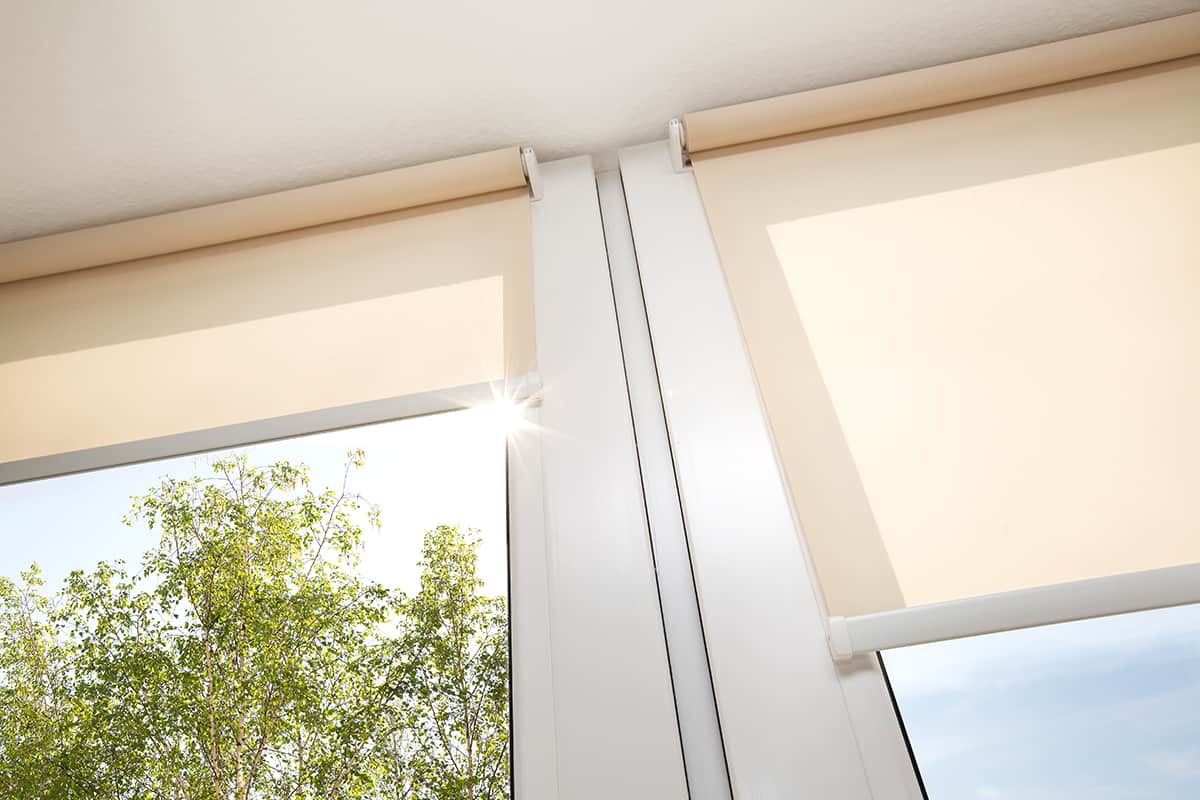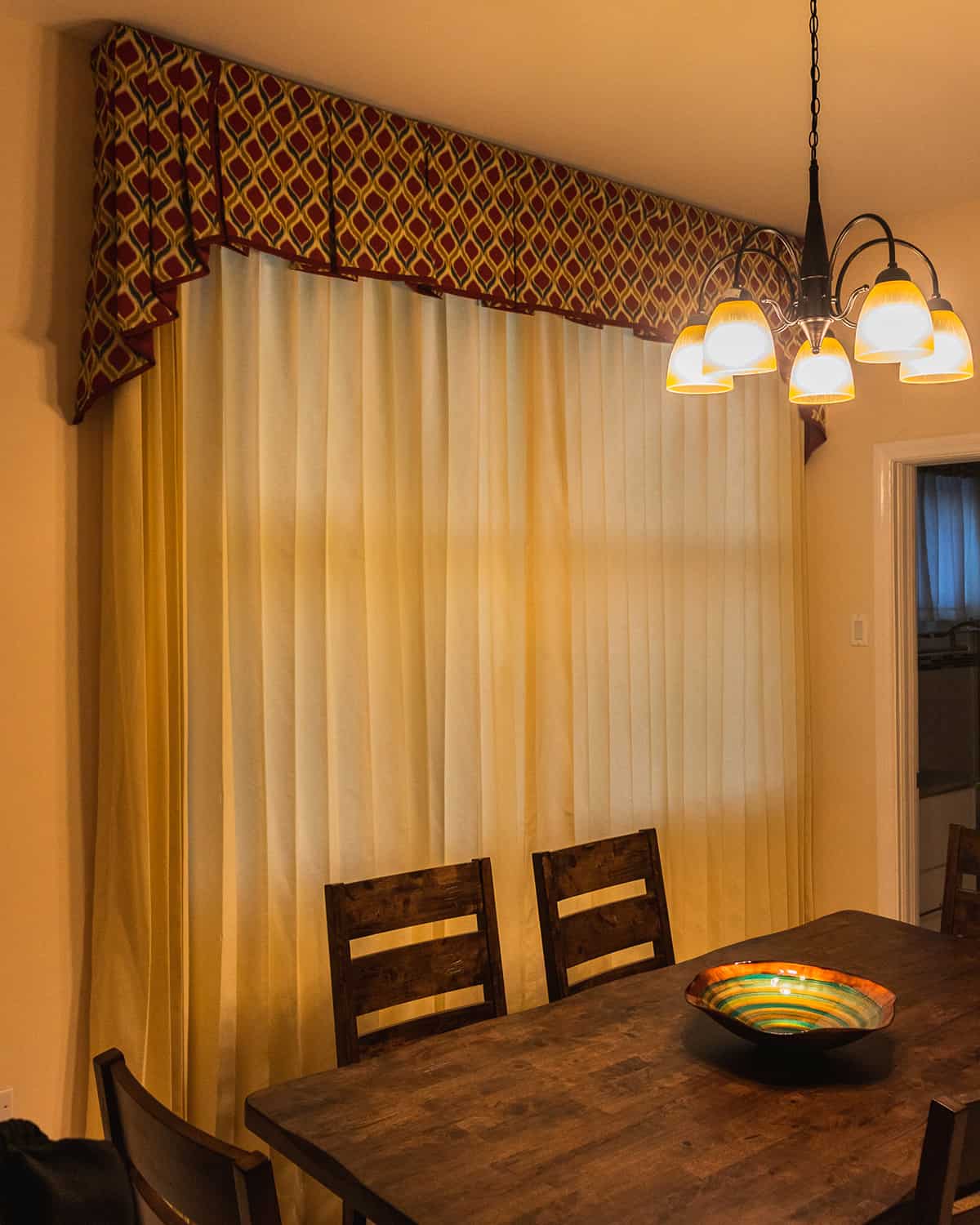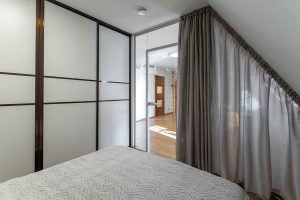When it gets to the time of year when the sun rises earlier than you do, it’s common to find that you are waking up more prematurely than you would like. The sunlight seeping into your bedroom wakes you up because it plays a part in regulating our circadian rhythm, and it suppresses melatonin, which is what makes us feel sleepy.
If you want to get a little more sleep, then stopping the sunlight from getting into your room is essential. If you are a parent with a child who finds it a struggle to get to sleep on a bright evening, then you will also be wise to look into blocking the sunlight out of their room so they can fall asleep more easily.
Many people resort to black-out curtains that are made from a thick material to prevent sunlight from trickling through the fibers of the fabric, but unfortunately, this does not always resolve the problem.
Since blackout curtains do not press against the window frame, light is still able to filter into the room around the edge of the curtains. Here we look at various ways you can target this issue for a darker, sleepier bedroom.
If you have purchased blackout curtains only to find that light is still seeping in over the top or edges of them, this can be very frustrating. Fortunately, there are a number of ways you can easily adjust your curtains or customize them to entirely block any light from accessing your room when the curtains are drawn.
Ensure curtain size is correct
If you have light coming into your room around the top and side edges of the curtains, then it could be that your curtains are simply not the correct size for your window.
From an interior design point of view, curtain poles should be installed just below ceiling height or at least five inches above the framing of the window, and the ends of a curtain rod should extend between five and ten inches over each side of the window frame.
The reason for this is because it makes your window seem bigger, lets more light in during the day, and creates an overall more high-end look in a room. However, one of the results of installing curtains like this is that it will also help to block any light coming into your space around the edges of the window frame because much of the edges will be blocked with extra curtain fabric.
If light is getting in above the top of your curtains, then it is highly likely that your curtain pole is fixed too low on the wall. Reinstall your curtain pole so that it is around 10 inches above the window frame, and this will go a long way to blocking out that stream of light.
This might also mean that you need to get new, larger curtains if raising the curtain rod now means that your curtains are hanging several inches off the floor level.
Use smaller curtain pole brackets
The further away that your curtains are from your windows, the more scope there is for light to get into the room. When targeting the issue of light getting into the room around the edge of curtains, the goal is to move the curtains as close to the window as possible. This will mean the light has less space to get in, or in the best case, none at all.
To achieve this, you might need to invest in new brackets for your curtain rod or cut down the brackets that you already have. Long brackets that extend the curtain rod away from the wall mean that the curtains are going to hang away from the wall, allowing light in unnecessarily.
What you want is shorter brackets, which will hold the curtains more closely to the wall, restricting any space for light to seep in. You can buy specialist short brackets for this purpose, or you may be able to alter the brackets you already have so that they don’t reach so far off the wall.
Apply magnetic tape or Velcro
One solution that people have found to block out light from the edge of their curtains is to use magnetic tape or Velcro hook and loop tape. This requires some customization to your curtains and your window frame or wall surrounding your window, so it isn’t for everyone.
To achieve this, get a roll of magnetic tape or Velcro roll and glue it all around the perimeter of your curtains on the back of them that faces the window.
Then glue the matching tape all around the edge of your window frame. When the curtains are closed, you can gently push around the edges of the fabric, and the tape will fix itself to the corresponding tape around the window, creating an enclosed space where light cannot escape.
Use wrap-around rod
If the light coming into your room is getting in through the side edges rather than the top, then a wrap-around curtain rod is your best solution.
These rods are curved at both ends toward the wall so that the curtains meet the wall at the edges to prevent light from getting into the room. If you install this type of rod high enough, it will also block light from coming into the room over the top of the curtains.
Install blinds
If you don’t want to alter your curtains or your curtain rod, then you can instead install blinds behind the curtains. This creates a double layer of light-blocking solutions that can further reduce the amount of light getting into your space.
There are different types of blinds to choose from. Roller blinds work well for this because they can be installed right against the window to block any potential gaps where light could get through.
You may also have varying degrees of success with Venetian blinds and roman blinds, depending on how close you can have them installed against the glass of the window.
Apply aluminum foil
If you need to block out the light coming into your room around the edges of the window at short notice, then using aluminum foil is a great trick. If you are on vacation and the light coming into the room is ruining your sleep, then you can use this trick because it is inexpensive, easy, and removable. It also works well in your own home if you want to block light out on a tight budget.
Simply cut a roll of aluminum foil into sheets the size of your window, spray the glass of your window with water, and then press the foil onto the window. The water will make the foil stick to the window, and it can also be easily removed, leaving no trace of damage.
To completely block out the light, apply the foil to the entire window, paying particular attention to the edges. Foil is opaque, so no light will be able to get through, and it also has heat-resistant qualities that can help a room stay cool during hot summer months.
Install valance
A valance is generally thought of as a decorative installation over curtains, but it is absolutely perfect for permanently blocking light from getting into your room over the top of the curtains.
The valance is fitted above the curtains, preventing light from seeping into the space. It can be fitted on a curtain rod, but it will be more effective at blocking light if it is fitted to a plywood installation that is fixed to the wall above the window since this will create an enclosed space where light cannot escape.
You can find valances in a range of materials and designs, and they come in styles to match various types of curtains for a cohesive look.
